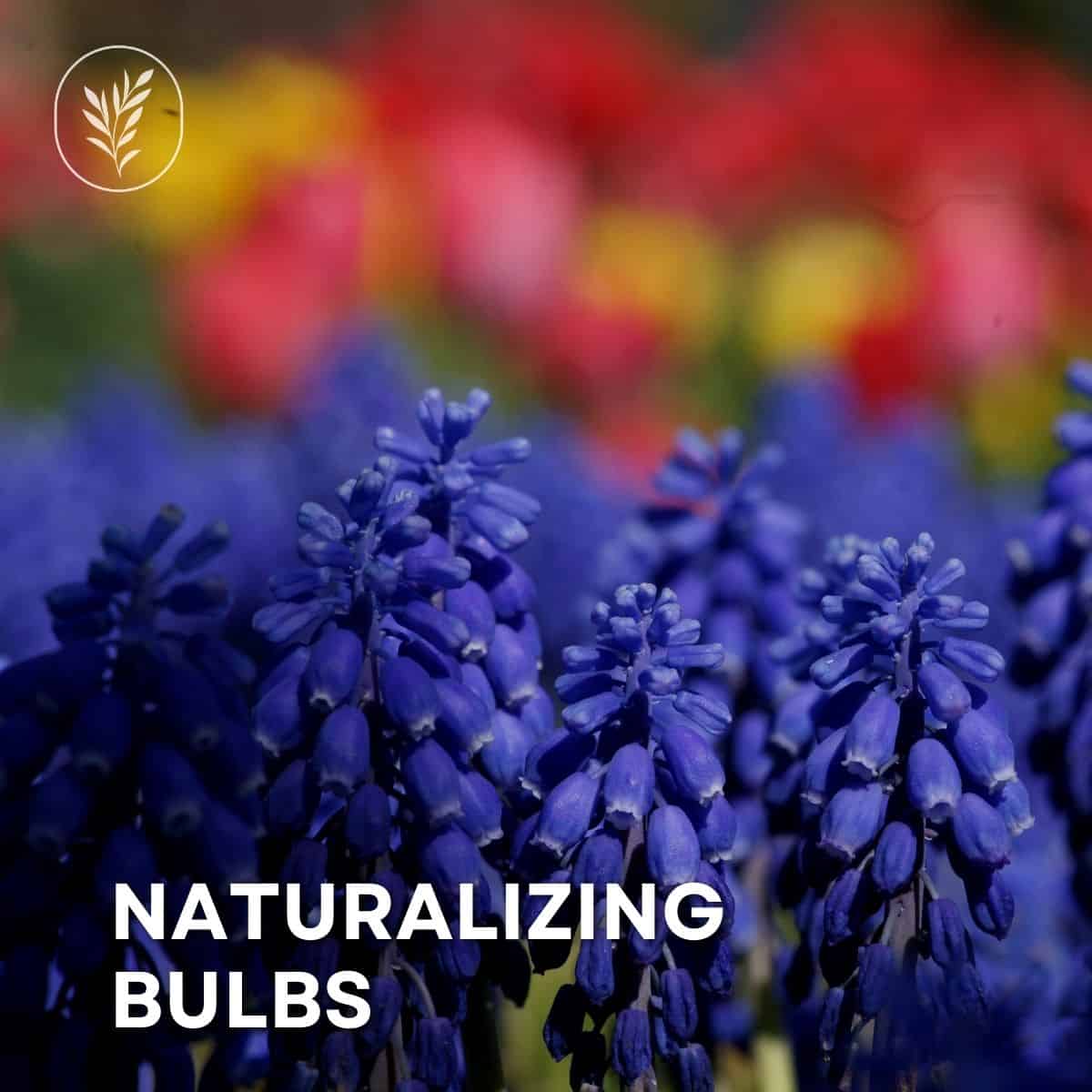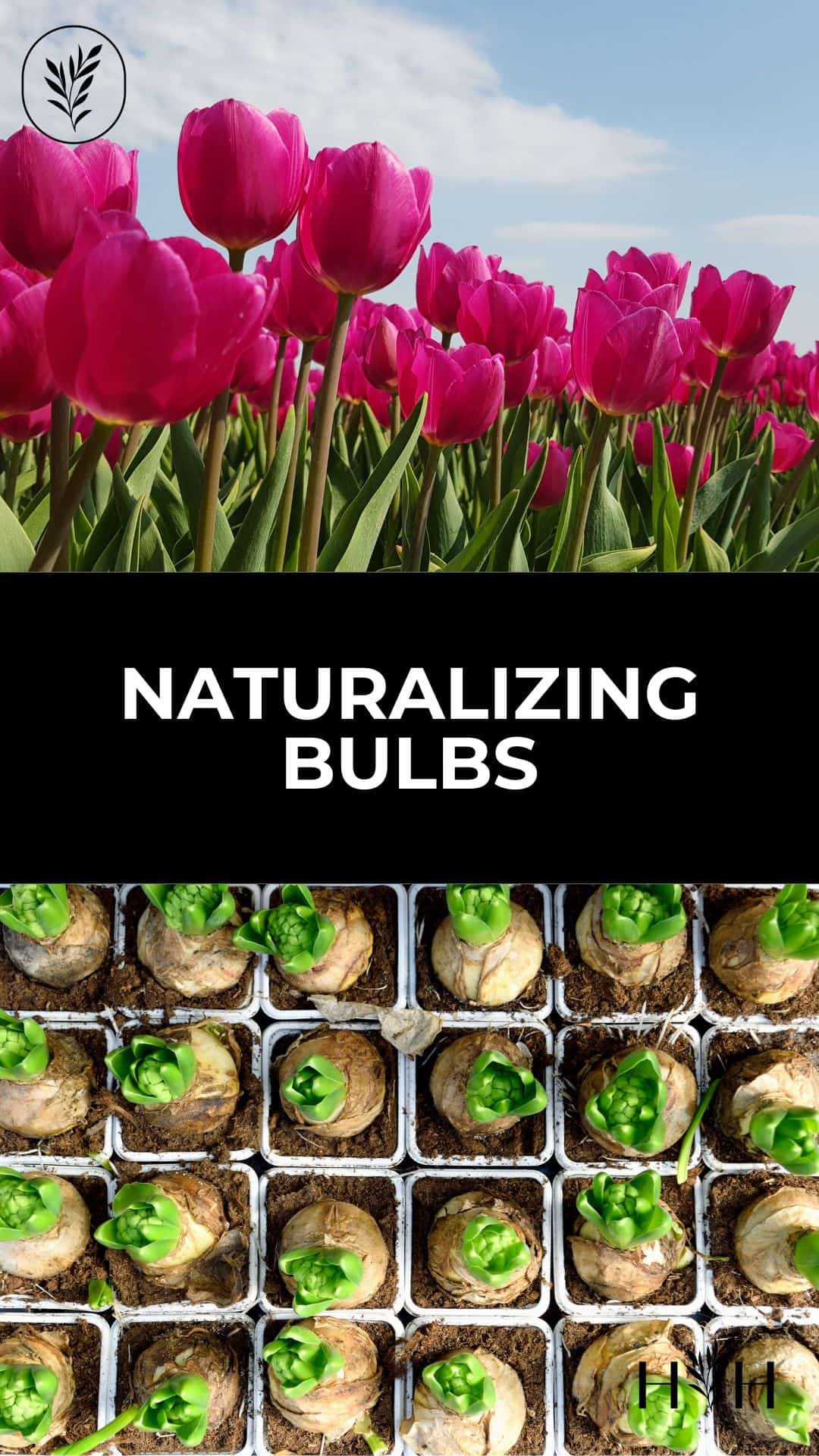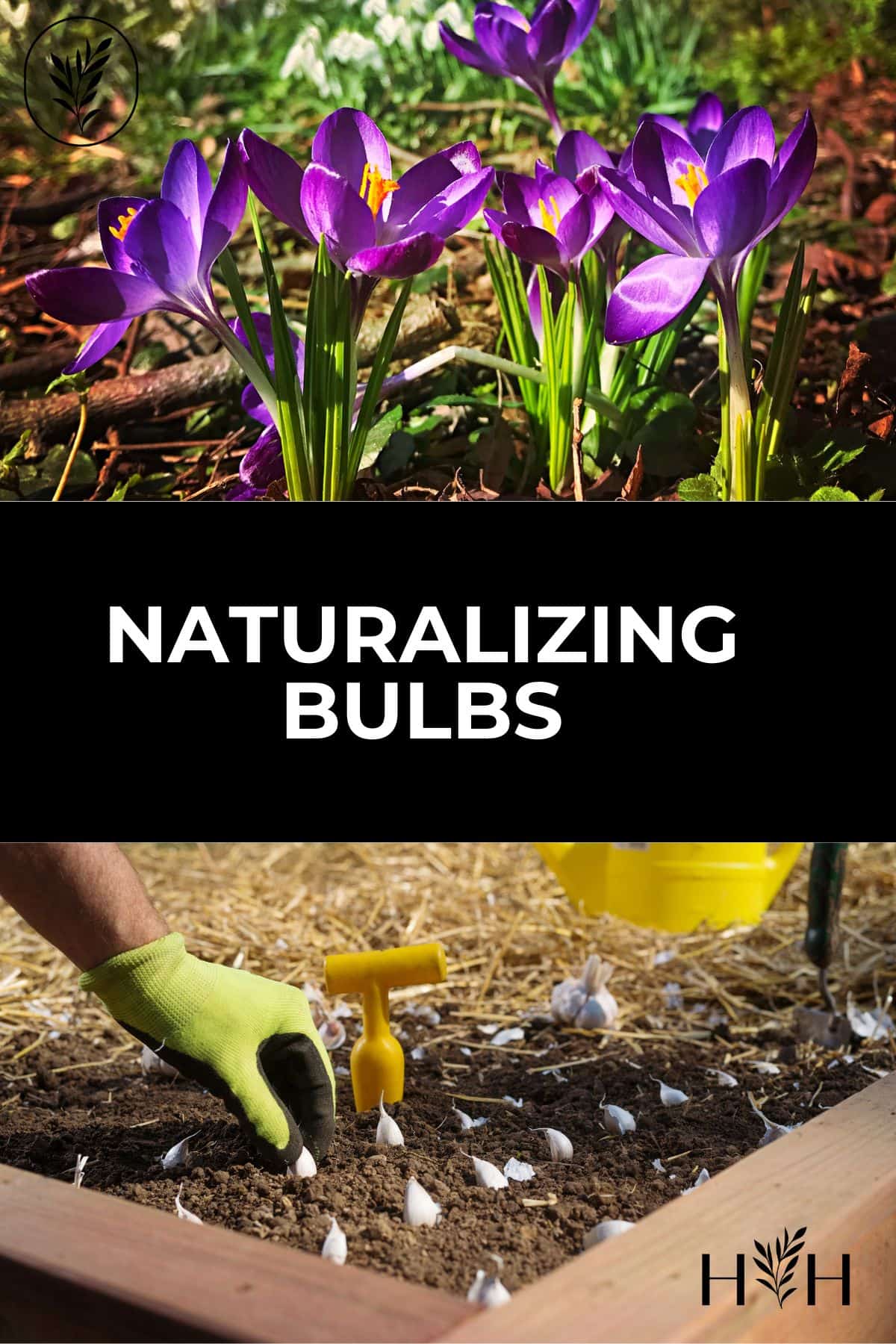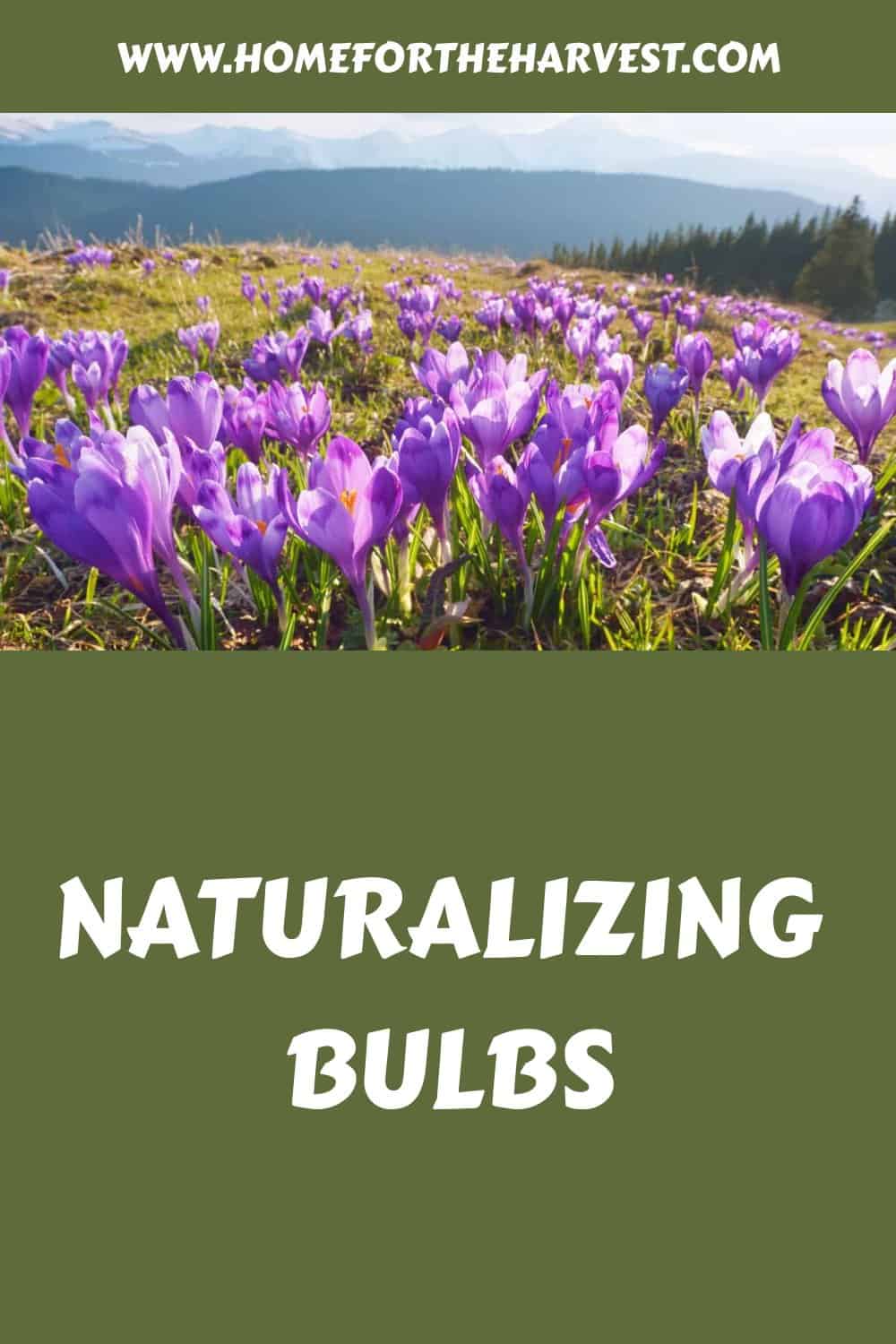Welcome to the world of naturalizing bulbs. If you’re looking for an easy way to add some cheer and beauty to your garden, then look no further. Naturalizing bulbs are a great choice for homeowners who want something that is low-maintenance but still provides stunning results. Planting these special bulbs will give you beautiful flowers in springtime with minimal effort on your part – all while allowing them to spread out naturally over time.
In this blog post we’ll be exploring common types of naturalizing bulbs, how they should be planted and cared for, their many benefits as well as design ideas so you can create the perfect outdoor space. So let’s get started by learning more about these amazing naturalizing bulbs.
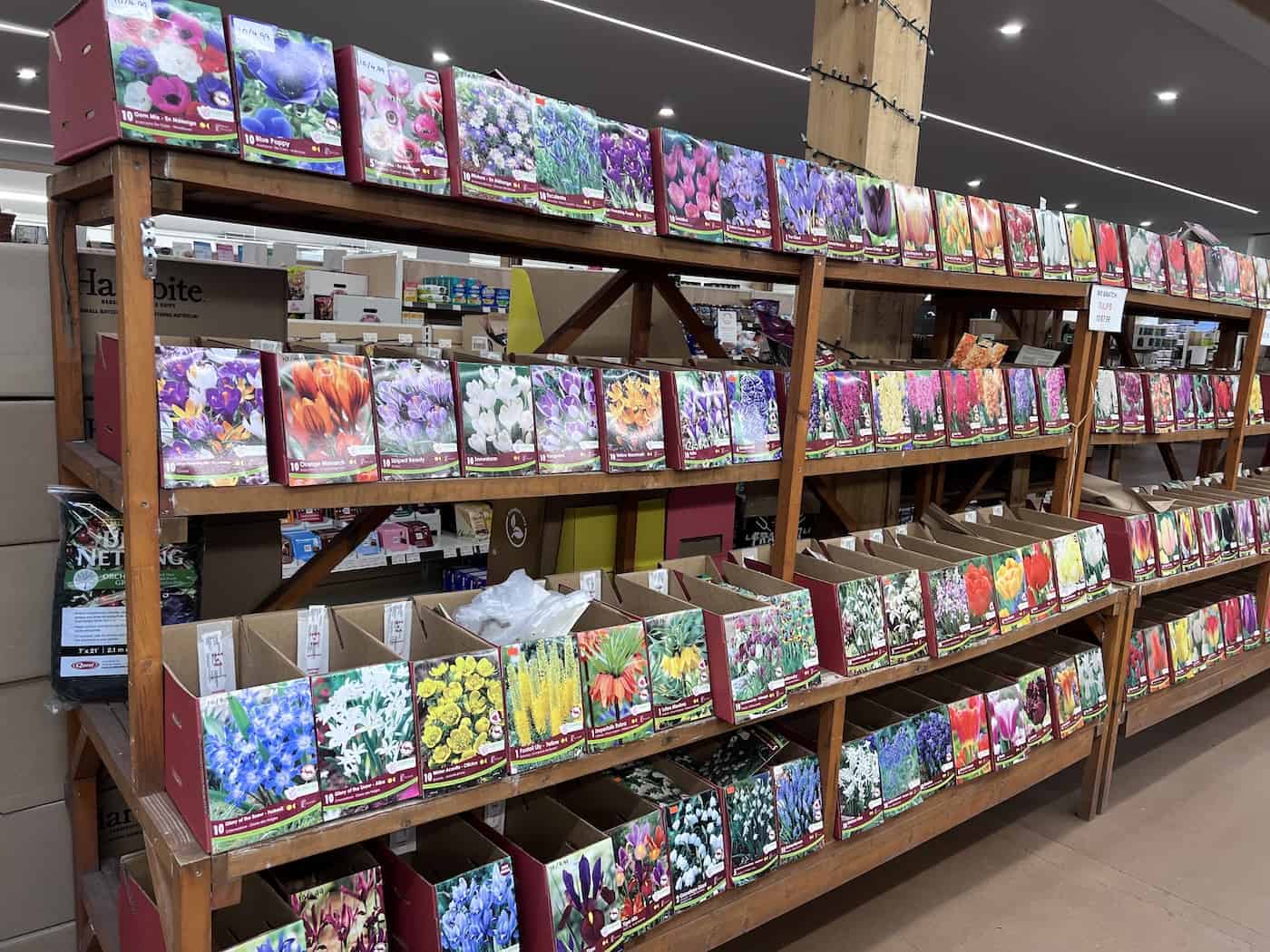
Common types of naturalizing bulbs
Common types of naturalizing bulbs include daffodils, crocuses, snowdrops, grape hyacinth, dwarf iris, glory of the snow, Grecian windflower, scilla, and ornamental onions
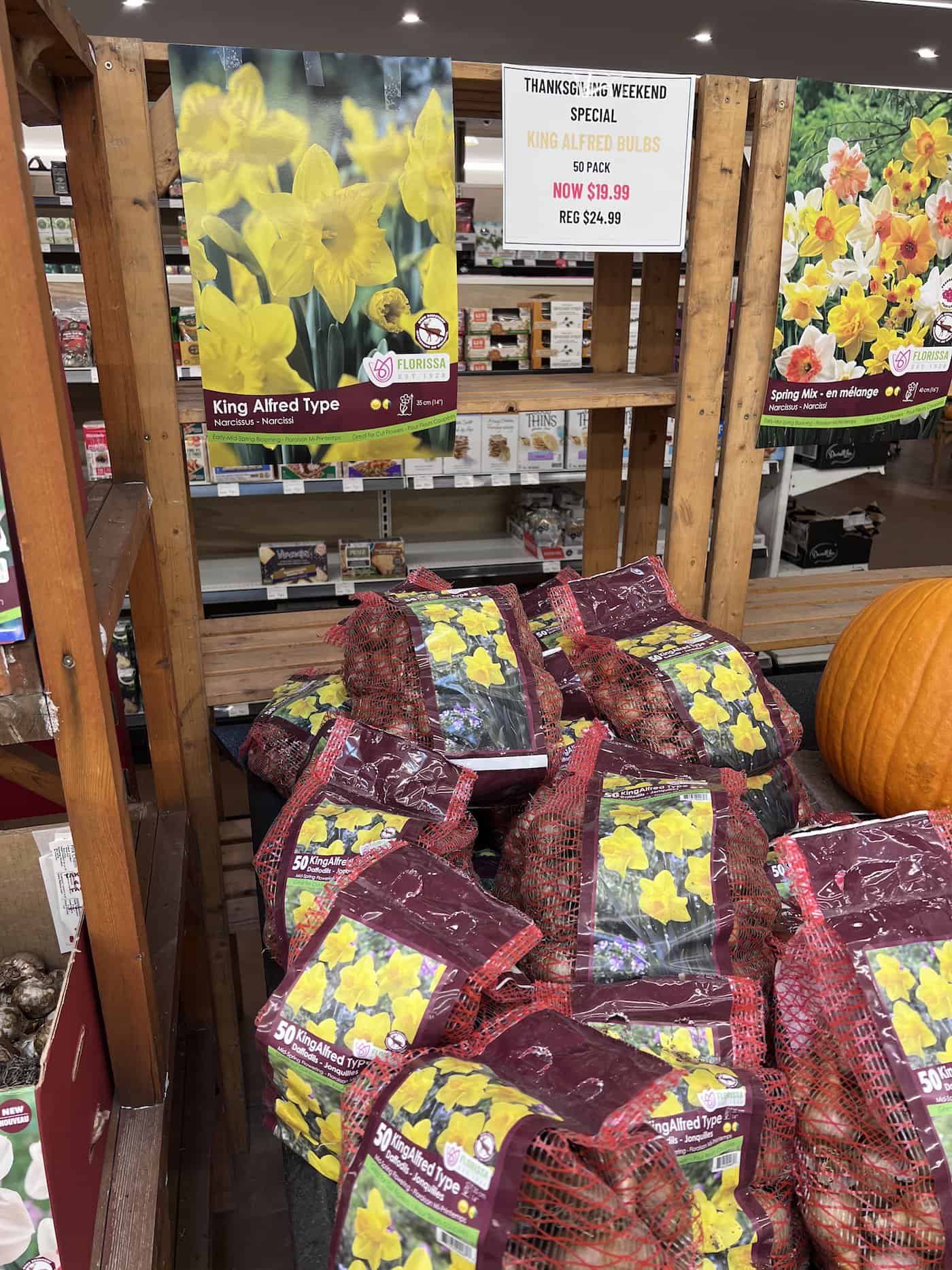
Daffodil
Daffodils are one of the most popular naturalizing bulbs, and for good reason. These cheerful flowers come in a variety of colors, shapes, and sizes. They’re easy to grow and can be planted in both sunny and partially shaded areas. Daffodils bloom from late winter through early spring with their bright yellow blooms adding a burst of color to your garden.
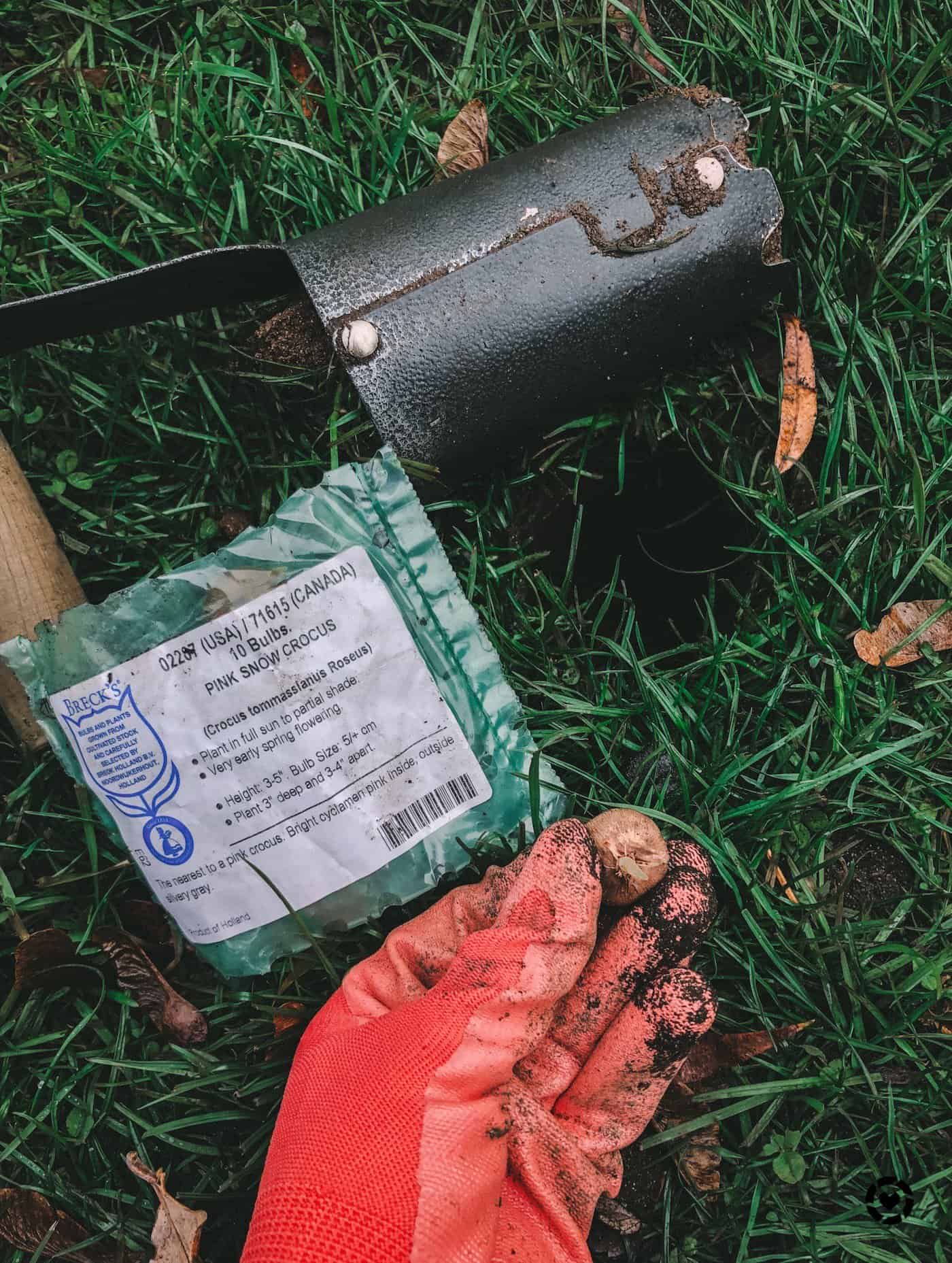
Crocus
Crocuses are another type of naturalizing bulb that is perfect for any garden. They have small cup-shaped flowers that come in shades of white, purple, yellow or blue depending on the species you choose. Crocuses prefer well-drained soil and full sun but will tolerate partial shade as well. They typically bloom between February and April making them an excellent choice for early-season color in your garden beds or containers.
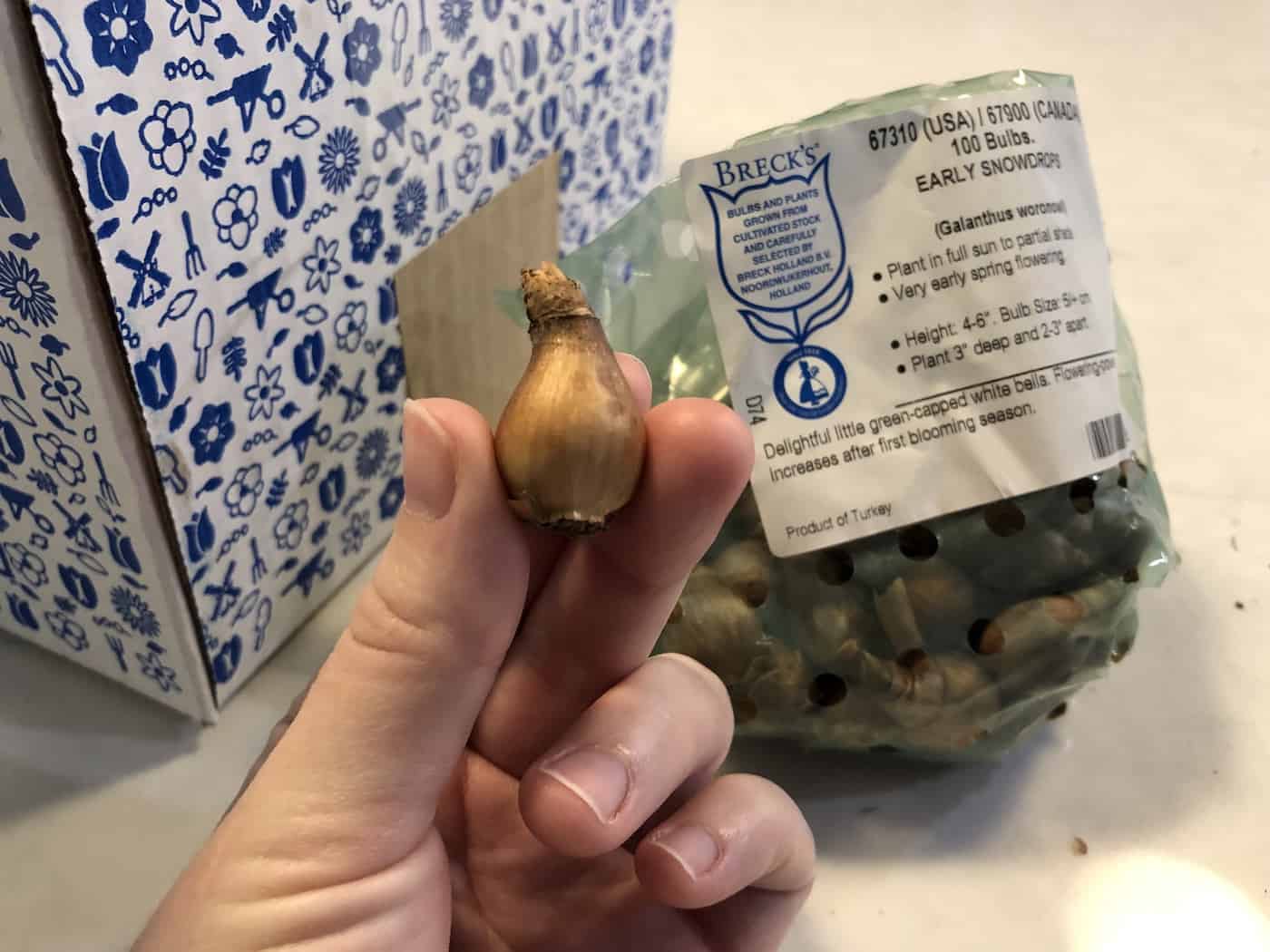
Snowdrop
Snowdrops are delicate-looking little plants with nodding white bell-shaped flowers that appear just after the snow melts away each year signaling the start of springtime. Snowdrops like moist soil conditions so they do best when planted near streams or ponds where there is plenty of moisture available throughout the growing season.
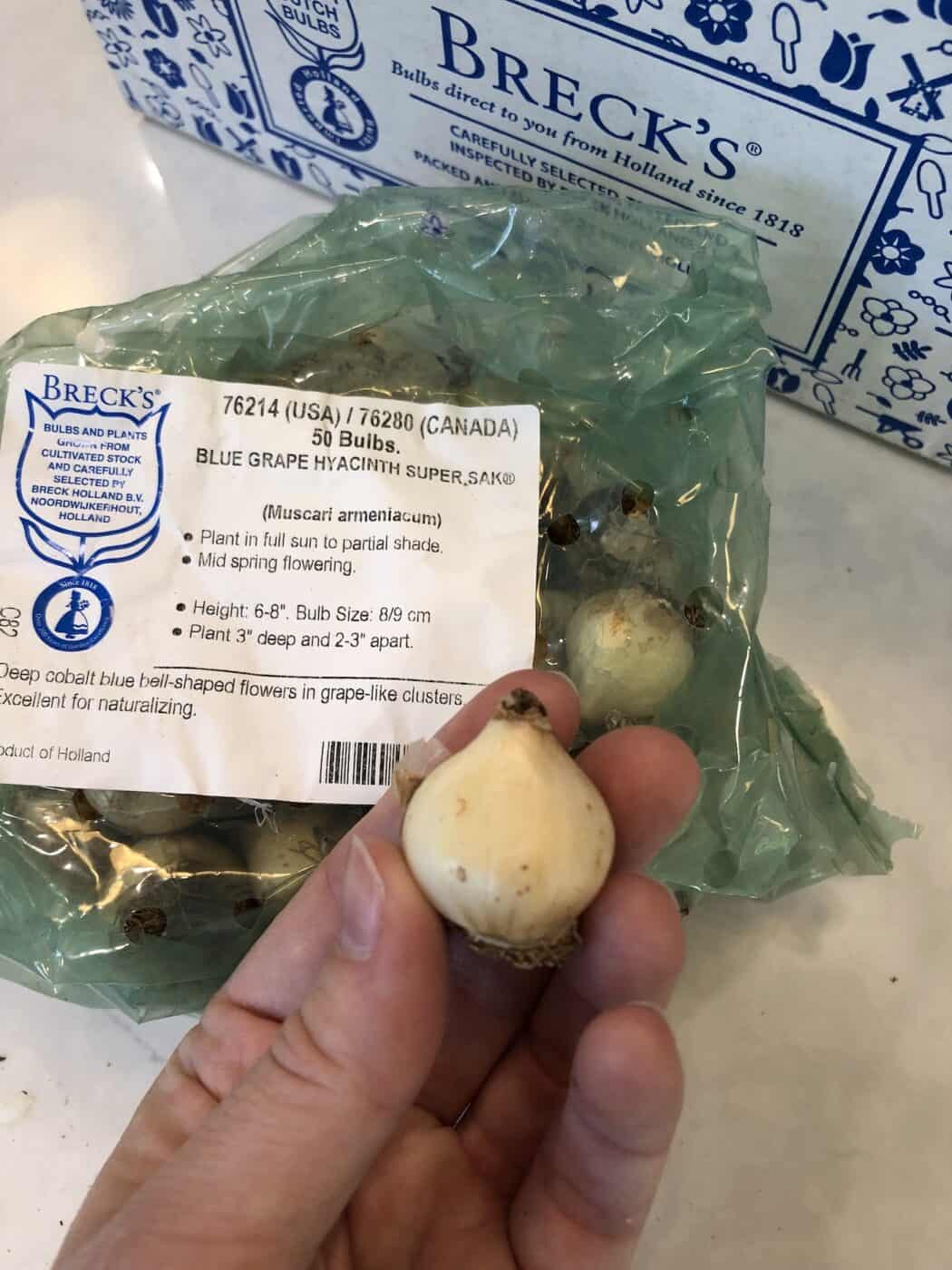
Muscari
Muscari, also called grape hyacinth, are tiny bulbs that produce clusters of fragrant star-shaped flowers ranging from deep blues to purples each springtime. Grape hyacinths prefer cooler climates so they may not do as well if you live in warmer regions but they’ll thrive if given enough water during dry spells or periods without rainfall. Planting them near shrubs or trees helps keep their roots cool which helps ensure success when growing these lovely little plants.
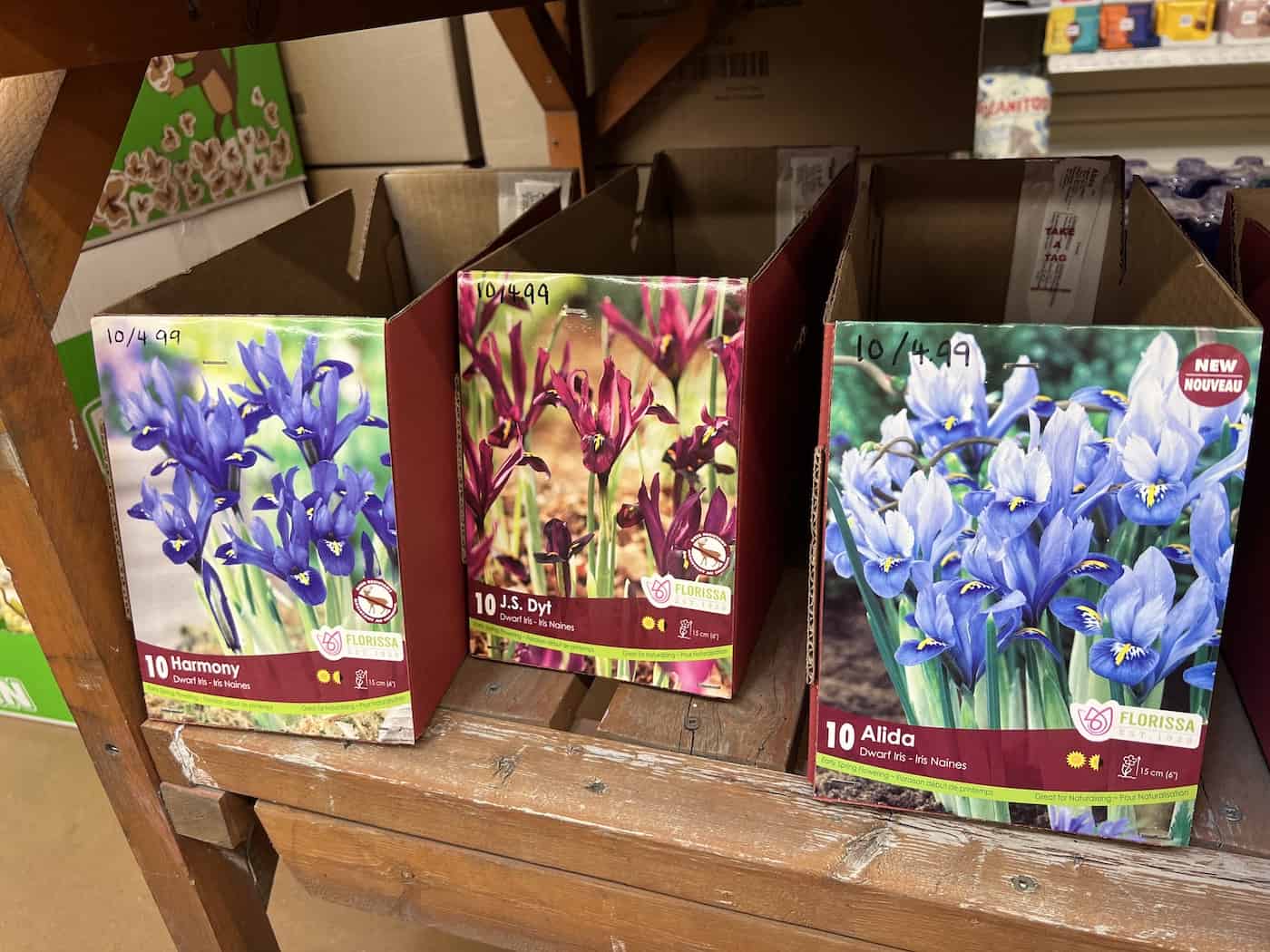
Dwarf iris
Dwarf iris is a great option for those who want to add some height variation into their gardens without taking up too much space since dwarf irises only reach about 6 inches tall at maturity. Dwarf irises also provide beautiful pops of color with their showy purple blooms appearing from March through May each year depending on where you live . Planting several together creates an eye catching display sure to draw attention no matter what time it appears during the gardening season .
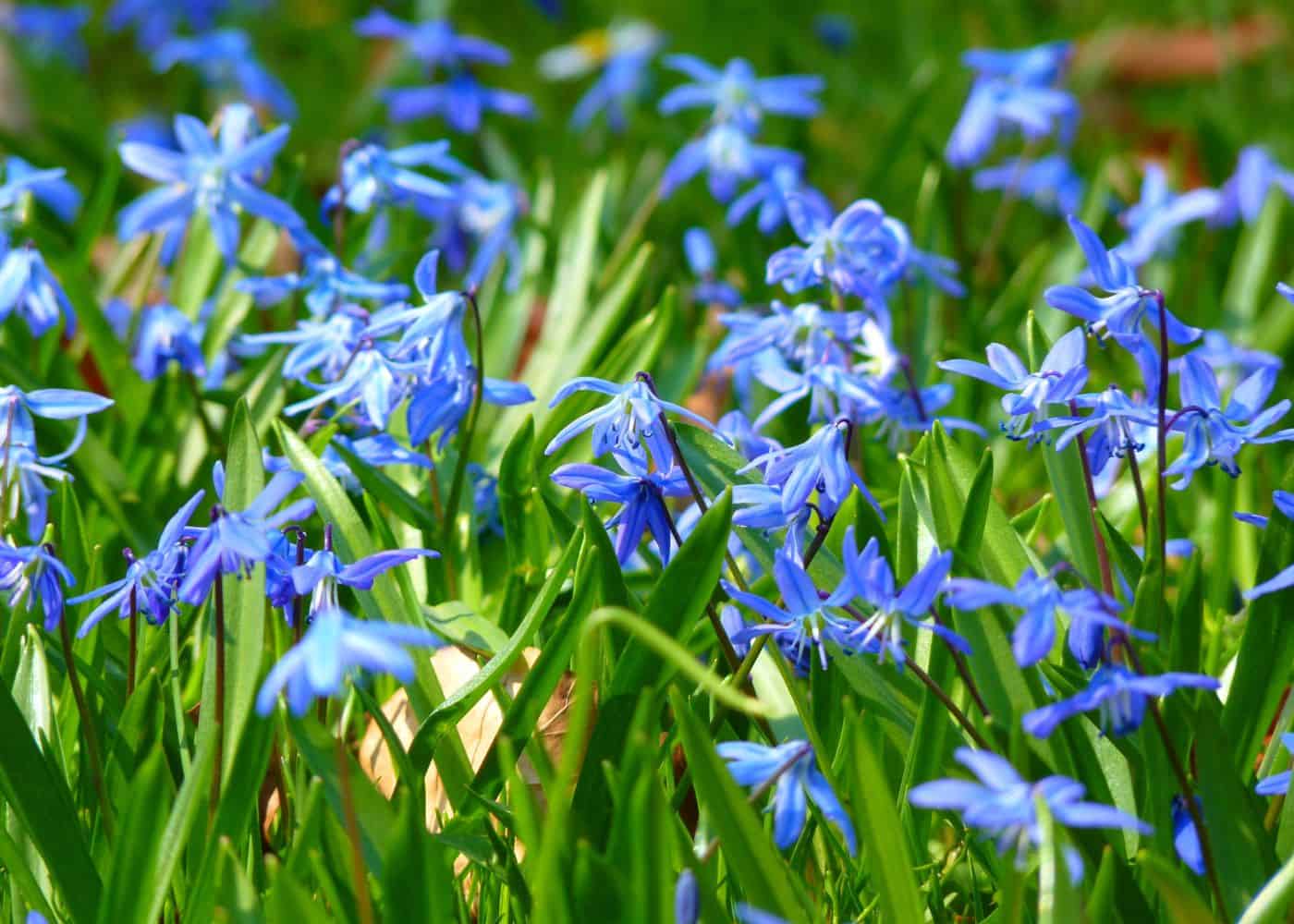
Glory of the snow
Glory of the snow produces masses upon masses of tiny star-shaped blue/white/purple blossoms every Spring creating quite a spectacle once it reaches its peak flowering stage. This plant prefers slightly acidic soils, full sun exposure, ample drainage & regular watering (especially during hot summer months) – all factors which make this plant ideal for rock gardens & other areas where low-maintenance plants are desired.
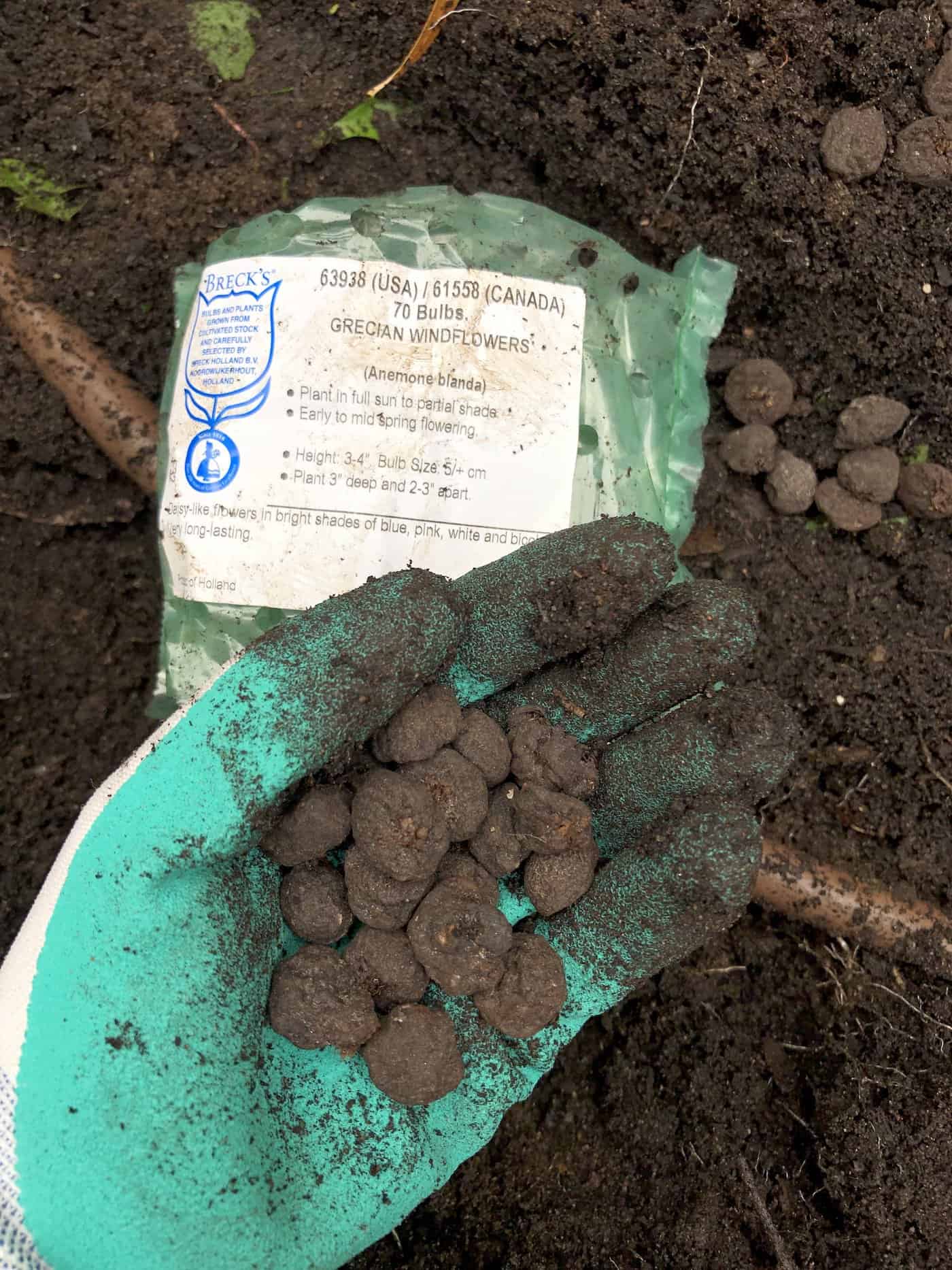
Grecian windflower
Grecian windflower has long been used by gardeners due to its unique appearance & hardiness – producing large pinkish/purplish daisy-like blooms atop thin stems reaching heights up to 24 inches tall. This flower thrives best when grown in moist soils, partial shade, & regular fertilization – making it perfect addition even novice gardener’s landscape design plans.
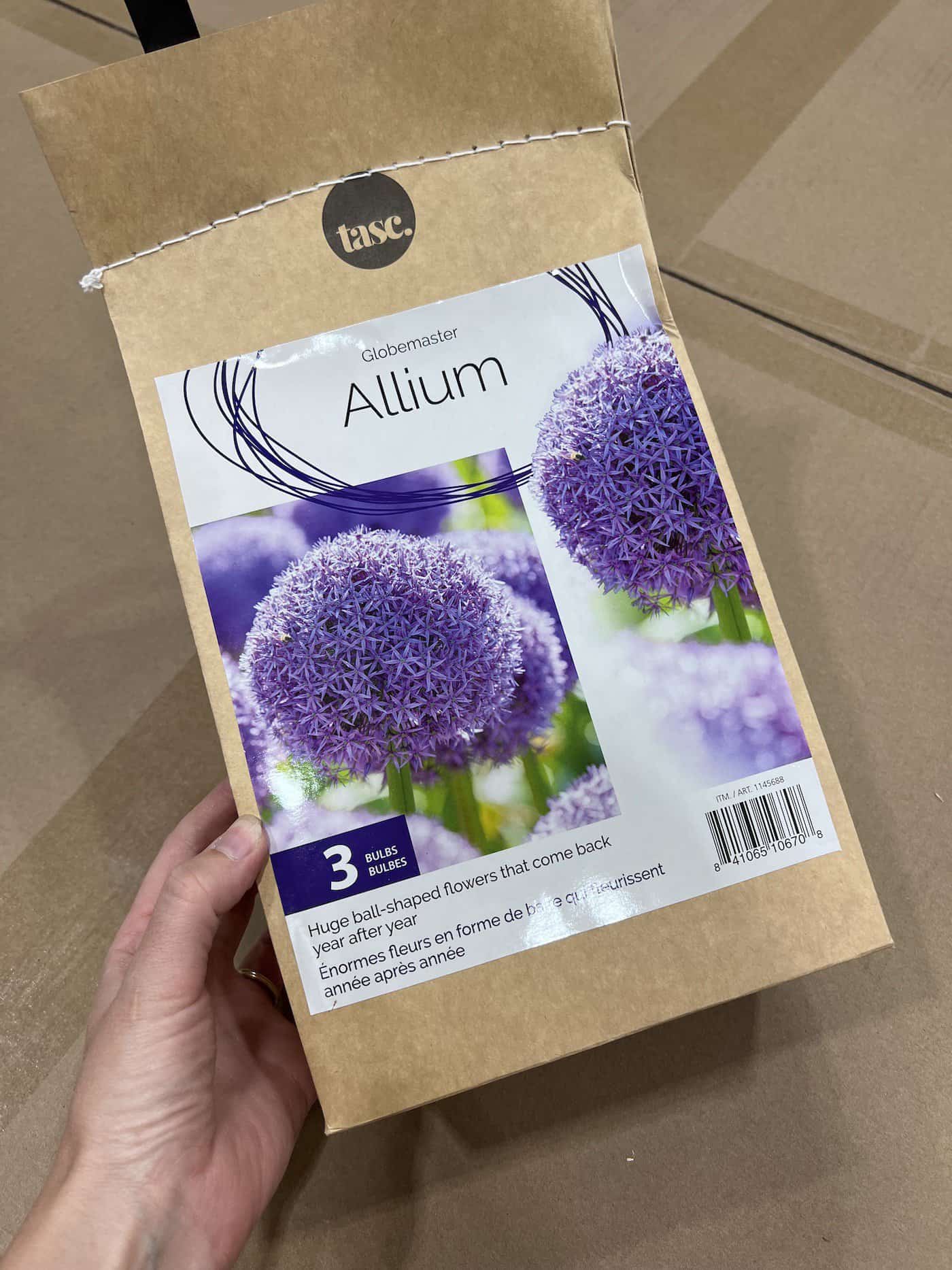
Ornamental onion
Ornamental onion offers brilliant bursts of flowers ranging anywhere from pure whites all way vibrant purples – often appearing multiple times throughout same growing season thanks this plant’s ability rebloom again later date should weather permit it. Perfectly suited planting borders around perennial beds as accent pieces within larger landscapes; ornamental onions require minimal care maintain once established bedding area.
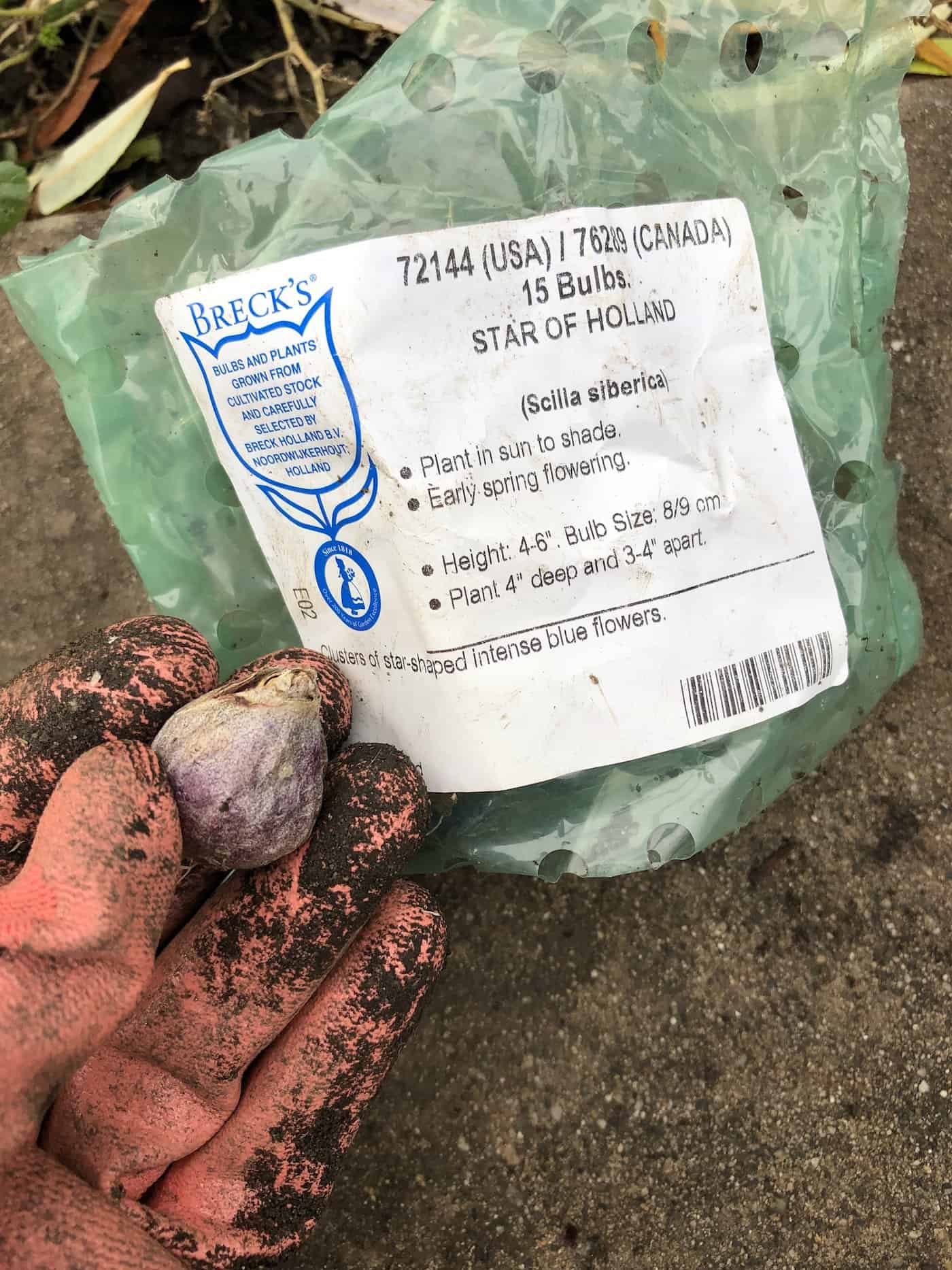
Scilla
Scilla is beloved by many due its wide range petite colored bells dangling along thin stalks – providing stunning displays rich blues violets among others depending particular species chosen . Although scillas prefer cool temperatures direct sunlight , they still able withstand heat better than other types naturalizing bulbs mentioned here today making them great choice anyone living warm climate region wanting bring beauty into outdoor spaces regardless weather conditions outside home .
By understanding the different types of naturalizing bulbs, you can determine which type is best for your garden and begin planting them to create a beautiful landscape.
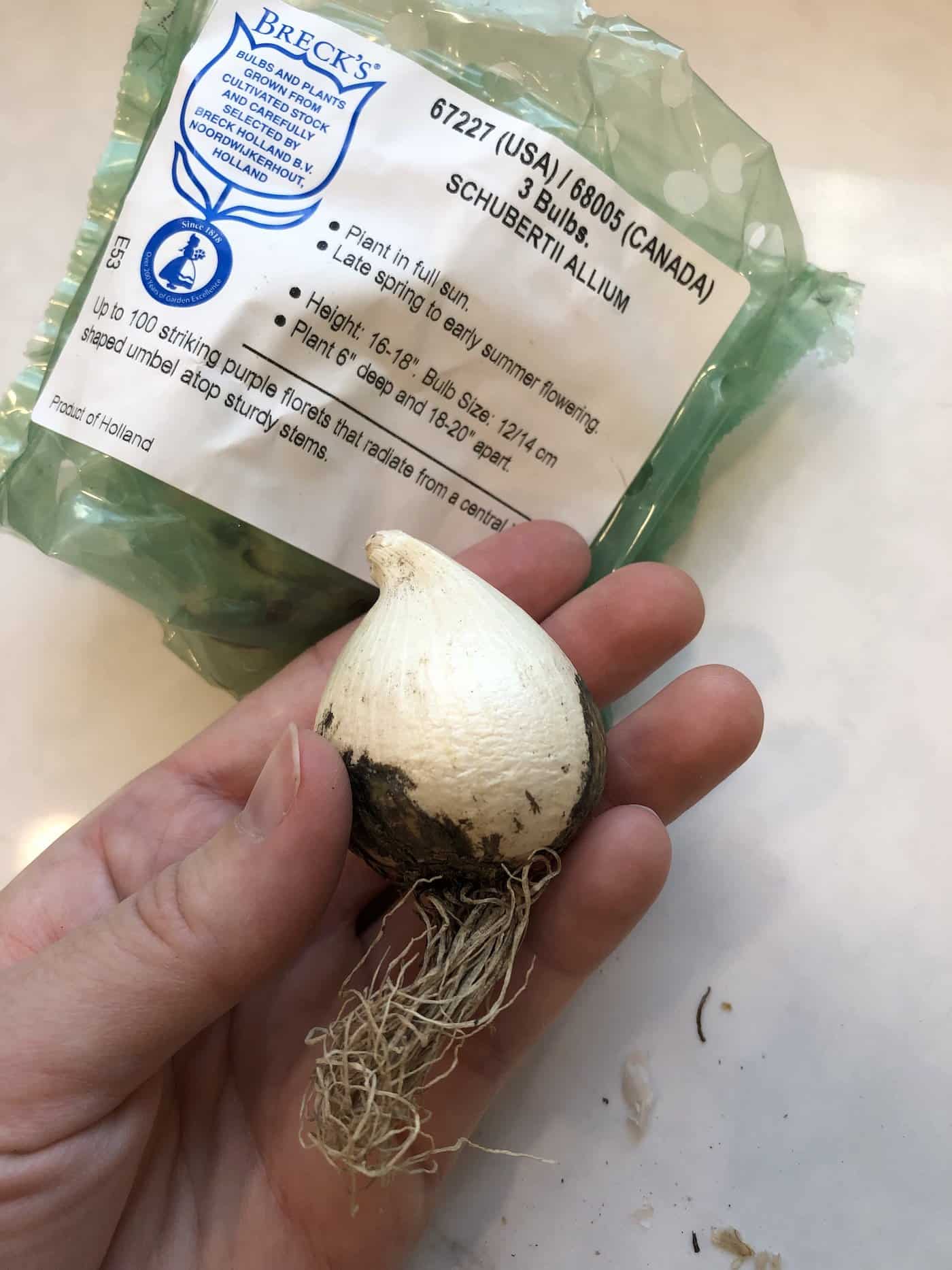
Planting naturalizing bulbs
Planting naturalizing bulbs is a great way to add color and texture to your garden. Naturalizing bulbs are perennial plants that come back year after year, so you can enjoy their beauty for many years. When choosing the right type of bulb for your climate and soil, it’s important to consider factors such as light requirements, water needs, temperature tolerance, and bloom time.
The best time to plant naturalizing bulbs is in the fall when temperatures start to cool off. Planting them too early or late may result in poor growth or no blooms at all. The depth of planting depends on the size of the bulb; generally speaking larger bulbs should be planted deeper than smaller ones (4-6 inches deep). Make sure there’s good drainage around each bulb; otherwise they could rot over winter due to excess moisture. A bulb planter can be quite helpful.
When planting multiple bulbs together in one area, make sure you space them out according to the package directions. This will help prevent disease from spreading among them and ensure they get plenty of sunlight during their growing season. Additionally, adding some compost or organic matter into the soil before planting can help improve drainage and provide extra nutrients for healthy growth throughout the season.
After planting your naturalizing bulbs, be sure to provide them with the right amount of water and sunlight for a healthy bloom. With proper care, you’ll have beautiful blooms in no time – now let’s take a look at how to best care for your naturalizing bulbs.
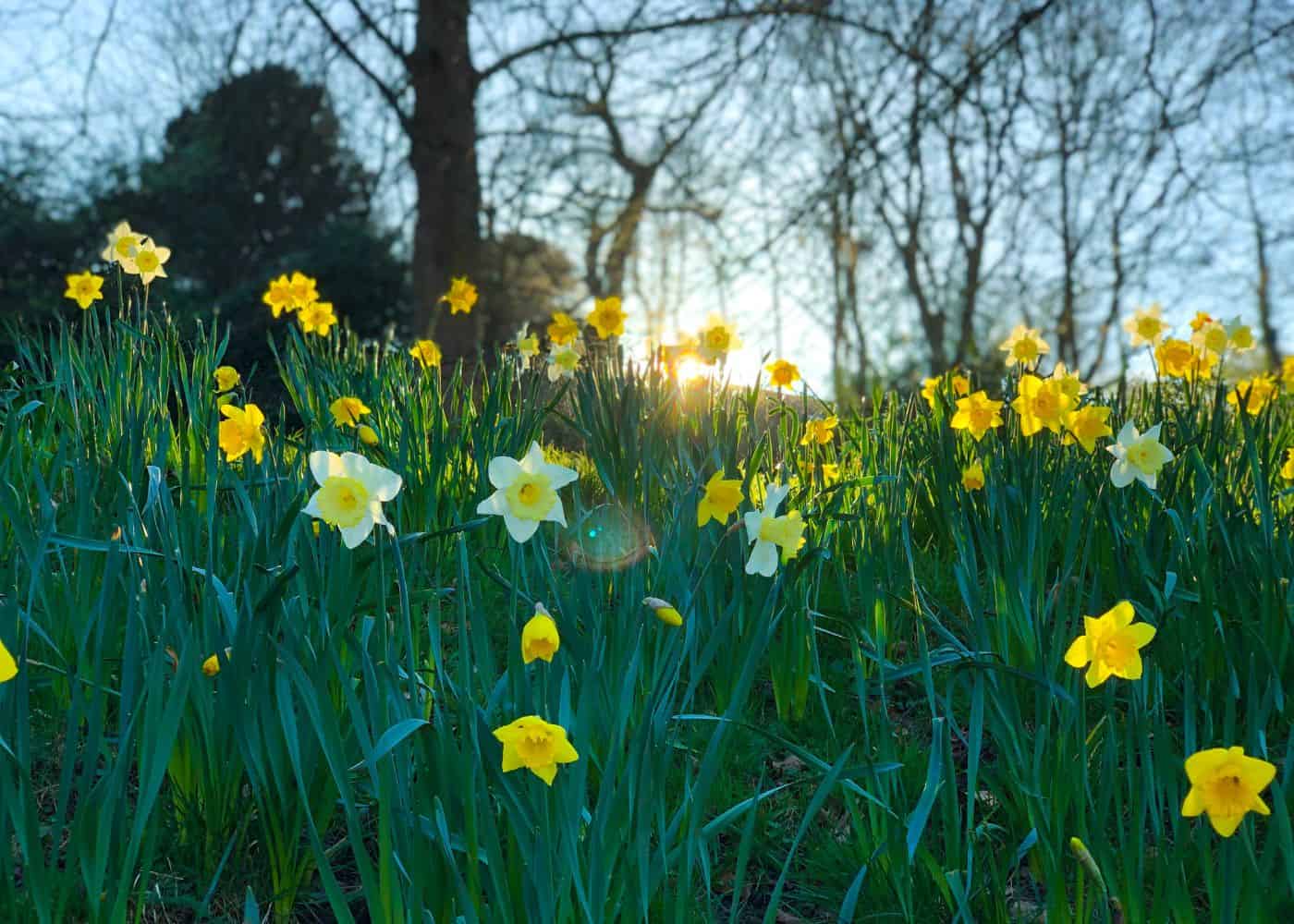
Caring for naturalizing bulbs
Naturalizing bulbs do best if you care for them well during the first year or two. After that, they might not ever need much from their gardener again!
Watering
Naturalizing bulbs need regular watering to ensure healthy growth and blooms. Water your bulbs deeply, but not too often. Aim for 1-2 inches of water per week during the growing season. If you live in an area with heavy rainfall, supplement with additional watering if needed.
Fertilizing
Fertilize naturalizing bulbs twice a year – once when they are planted and again in early spring before they start to bloom. Use a balanced fertilizer, and avoid fertilizers that are high in nitrogen as this can cause foliage to grow excessively at the expense of flowers.
Mulch is important for keeping weeds away from your naturalizing bulbs and helping them retain moisture throughout the growing season. Spread 2–3 inches of mulch around your plants after planting and top up each year as necessary – just make sure it doesn’t touch the stems or leaves of the plants themselves. Organic mulches like wood chips, shredded bark, straw, or compost work well; avoid using gravel or stone which can trap heat and dry out the soil quickly
By taking the time to properly care for your naturalizing bulbs, you can ensure that they thrive and bring a beautiful splash of color to your garden for years to come. Now let’s explore the many benefits of incorporating these hardy plants into your landscape.
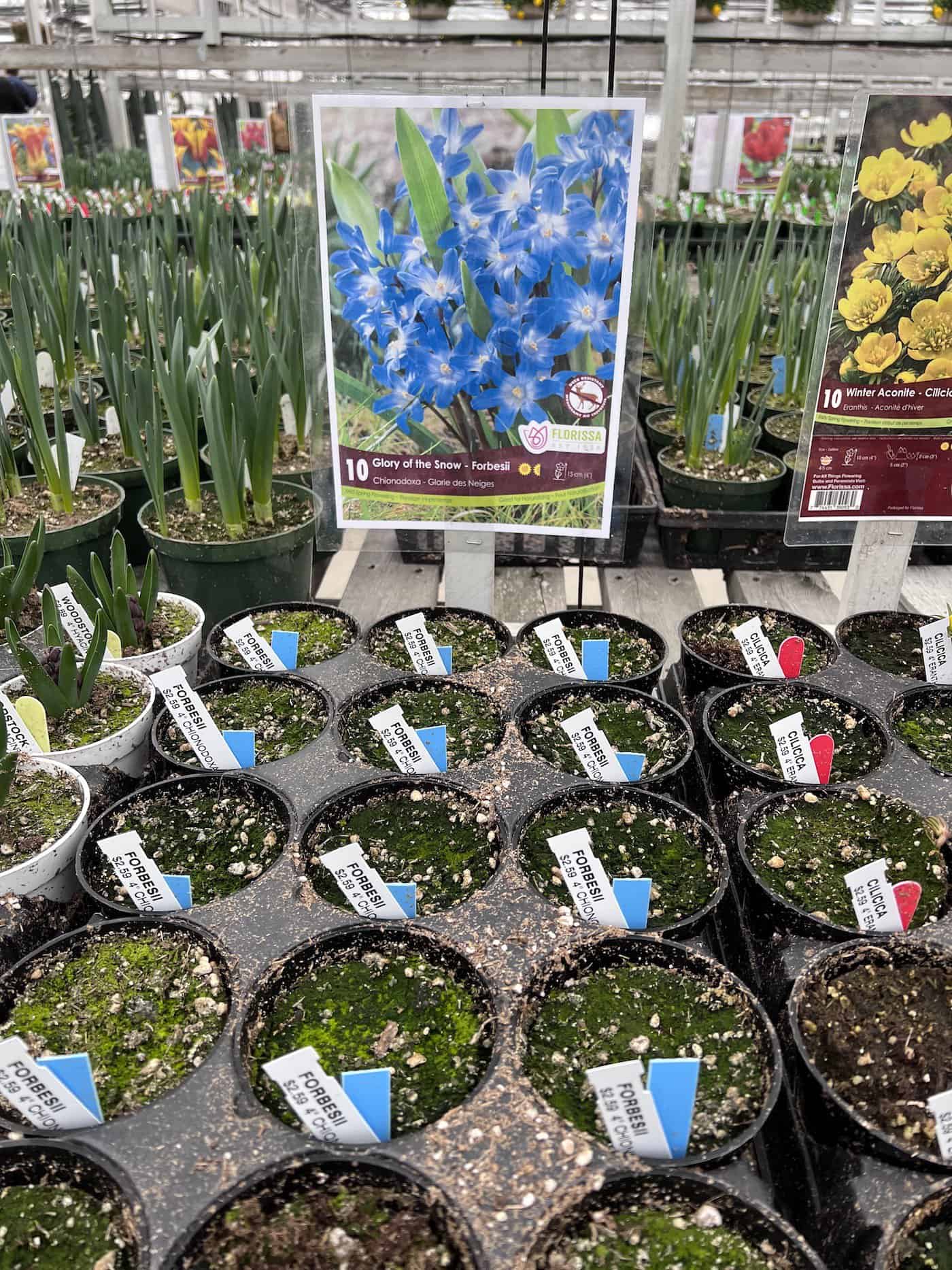
Benefits of naturalizing bulbs
Naturalizing bulbs is a great way to add beauty and color to your garden with minimal effort. They can be planted in the fall and will come back year after year, spreading out and multiplying over time. This creates a cheerful informal spring meadow look that is sure to bring joy for years to come.
Low-maintenance
Naturalizing bulbs require very little maintenance once they have been planted in the ground. All you need to do is water them when necessary, keep weeds away from them, and enjoy their blooms each spring. There’s no need for fertilizers or other chemicals as naturalizing bulbs thrive on neglect.
Long-lasting color
Once naturalized, these bulbs will bloom every year without needing replanting or additional care—so you can expect beautiful colors all spring long (especially when you plant a few different species). The flowers last longer than annuals because they get an extra boost of energy from the bulb stored within the soil during winter months which helps sustain them through summer heat waves. Plus, since they spread out over time, you won’t have any gaps in your garden where there were none before.
Versatility
Naturalizing bulbs offer versatility due to their wide range of colors and sizes available; whether it’s small daffodils or large tulips – there’s something for everyone. You can create different combinations by mixing up various types of plants like crocus with grape hyacinths or snowdrops with bluebells – whatever suits your style best. And if you want more control over how much space each plant takes up then just plant smaller varieties closer together so that they don’t spread too far apart as quickly.
Cost-effective
Naturalizing bulbs are cost-effective compared to buying annual flowers every season; plus they provide added value by coming back year after year without having to buy new ones each time. Bulbs also require less water than most other plants, so this means fewer trips outside carrying buckets full of H2O which saves both money and energy. Additionally, many people find that naturalized areas attract birds and butterflies, adding even more beauty and interest to their gardens at no extra cost whatsoever.
By naturalizing bulbs, you can enjoy the beauty of your garden throughout the year while also providing food and shelter for pollinators. Now let’s explore some design ideas to get the most out of this process.
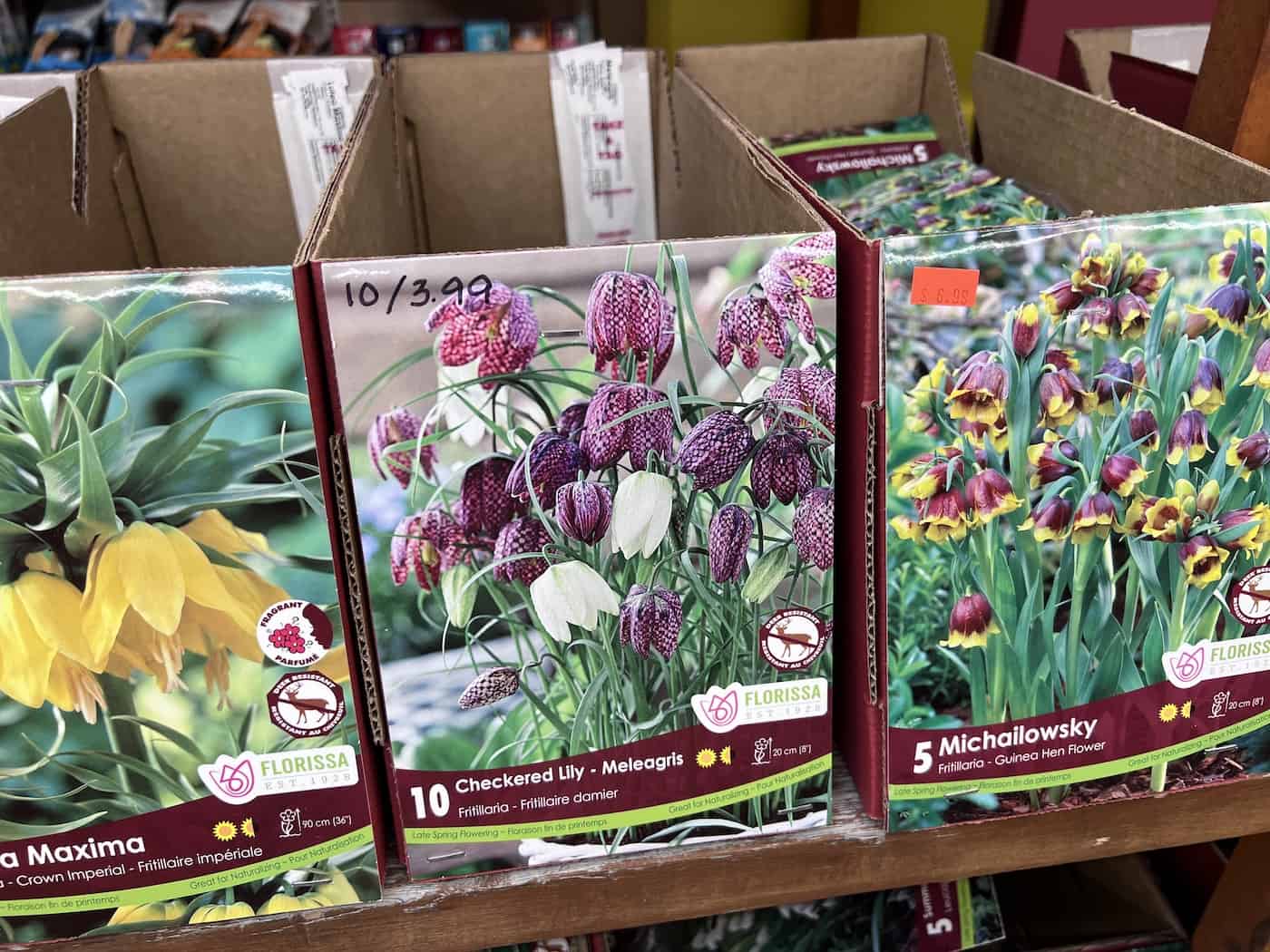
Design ideas for naturalizing bulbs
Naturalizing bulbs are planted in the fall, so they can take advantage of the cooler temperatures and longer days. They will then bloom in late winter or early spring when other plants may still be dormant.
When planting naturalizing bulbs, it’s important to choose a spot that gets plenty of sun during the day but also has some protection from strong winds. This will help ensure that your flowers get enough sunlight while avoiding damage from windy conditions. You should also make sure you plant them at least six inches deep for optimal growth and blooming potential.
Naturalizing bulbs come in many shapes, sizes, colors, and varieties so there are lots of options available for creating unique designs in your outdoor space. For example, if you want to create an eye-catching border along a pathway or driveway consider using daffodils as they have bright yellow petals which look beautiful against green foliage or grasses. Or if you’re looking for something more subtle try planting crocus which has delicate white petals with purple centers – perfect for adding a touch of elegance to any garden design.
If you’re looking for low-maintenance ground cover consider using snowdrops as these small white flowers spread quickly across the ground providing continuous coverage throughout springtime without needing much attention after planting them once initially. If the height is what you need then opt for tulips as their tall stems provide vertical interest while their colorful blooms attract pollinators like bees and butterflies into your garden.
For those who prefer container gardening, there are several types of naturalizing bulbs that can be used. Muscari (grape hyacinth) produces clusters of tiny blue flowers on long stems and look great in window boxes or hanging baskets, cascading down gracefully over the sides. Alliums provide a striking display when planted en masse around trees or shrubs, even before they start flowering with their purple globes.
Whatever type of design idea you decide on remember that naturalizing bulbs require little care once planted so just sit back and enjoy watching them bloom each year, bringing beauty into your outdoor space season after season.
Designing with naturalizing bulbs can be a great way to add color and texture to your garden or landscape. Naturalizing bulbs are easy to plant, require minimal maintenance, and provide beautiful blooms year after year. Here are some design ideas for incorporating naturalizing bulbs into your outdoor space:
Borders & edging
Planting naturalizing bulbs along pathways or driveways is an excellent way to create a border that will come alive in the springtime with vibrant colors of tulips, daffodils, crocus, and more. The effect of these flowers spilling over onto walkways or patios creates a welcoming atmosphere that’s sure to please visitors as well as yourself.
Massing & groupings
Planting several varieties of naturalizing bulbs together in large groupings can create a stunning display of color when they bloom each season. Consider planting different types of tulips together for an eye-catching array of shades from bright pink to deep purple – you won’t be disappointed.
Ground cover & carpet effects
Naturalizing bulbs make wonderful ground cover plants since they tend not to spread too far from where they were planted originally; this makes them ideal for creating “carpet effects” by covering areas such as hillsides or slopes with colorful blooms during the spring months.
Container gardening & pots
Don’t forget about container gardening when it comes time for planting your naturalizing bulb collection. Containers are perfect for adding pops of color on balconies, decks, and porches without taking up too much space – just remember that larger containers may need more frequent watering than smaller ones do.
Rock gardens & walls
If you have rocks in your garden or walls made out of stone then consider using rock gardens as part of your design plan; small clusters or drifts planted among stones look especially attractive when paired with low-growing perennials like chives and thyme which also thrive in rocky soil conditions.
Whatever type of design you choose for incorporating naturalizing bulbs into your outdoor space, one thing is certain – the results will be spectacularly beautiful every single season.
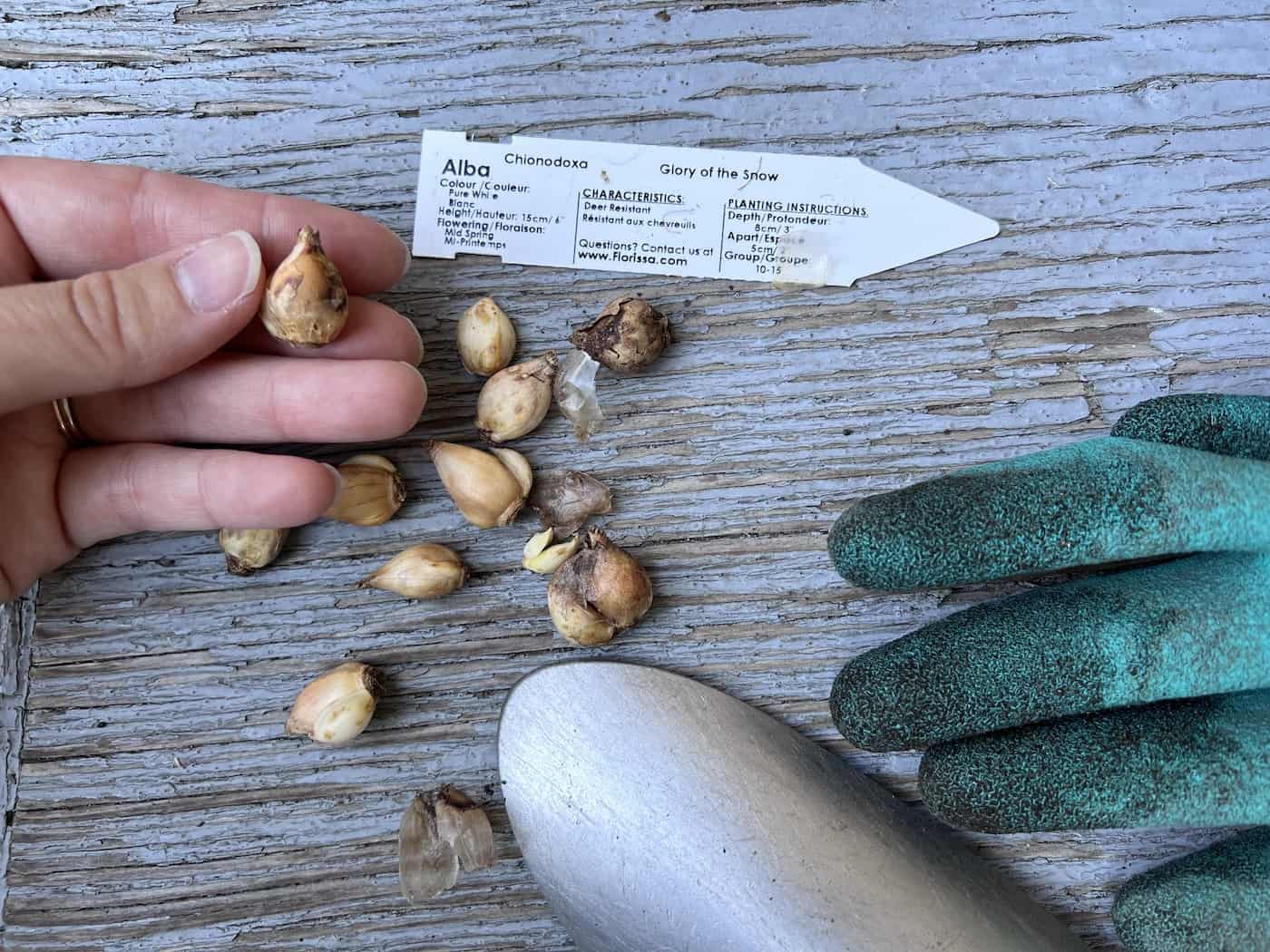
FAQs about naturalizing bulbs
What does naturalizing mean for bulbs?
Naturalizing bulbs refers to the process of planting them in a way that allows them to spread and multiply over time in a natural manner (without help from the gardener). This is done by planting the bulbs in an area with good drainage, where they will receive plenty of sunlight and be protected from strong winds. The soil should also be loose enough for the roots to grow easily. Naturalizing bulbs requires patience as it may take several years before they reach their full potential, but when done correctly can create beautiful blooms year after year without needing replanting or additional care.
What does naturalizing mean for daffodils?
Naturalizing daffodils is the process of planting them in a way that allows them to spread and multiply over time. This can be done by simply scattering bulbs across an area and covering with soil, or by digging holes and planting multiple bulbs close together. By naturalizing daffodils, you create a vibrant display of blooms each spring that will last for years to come with minimal maintenance. The key is to choose the right spot—one with plenty of sun, good drainage, and room for growth—and plant at the correct depth so they’ll thrive. With patience and care, your garden will soon be filled with beautiful blooms.
What are the best tulip bulbs for naturalizing?
Some tulip cultivars naturalize much better than others. The best tulip bulbs for naturalizing are the species Tulipa sylvestris, T. saxatilis, and T. clusiana; these varieties have larger flowers that will spread out over time to create an impressive display of color in your garden. Darwin and Triumph tulips also naturalize well. Additionally, they require minimal care and maintenance once planted – just some occasional watering and weeding – making them ideal for busy homeowners who want beautiful results without having to be gardening experts. Here is a guide to different types of tulips.
Are tulips naturalizing?
Yes, some types of tulips are naturalizing (see question above). They can spread and form colonies in gardens with the right conditions. They will come back year after year if they’re planted in a sunny spot with well-drained soil. The bulbs need to be planted at least 8 inches deep and spaced 4 to 6 inches apart for best results. With proper care, these beautiful flowers will return each spring, bringing beauty and color to your garden.
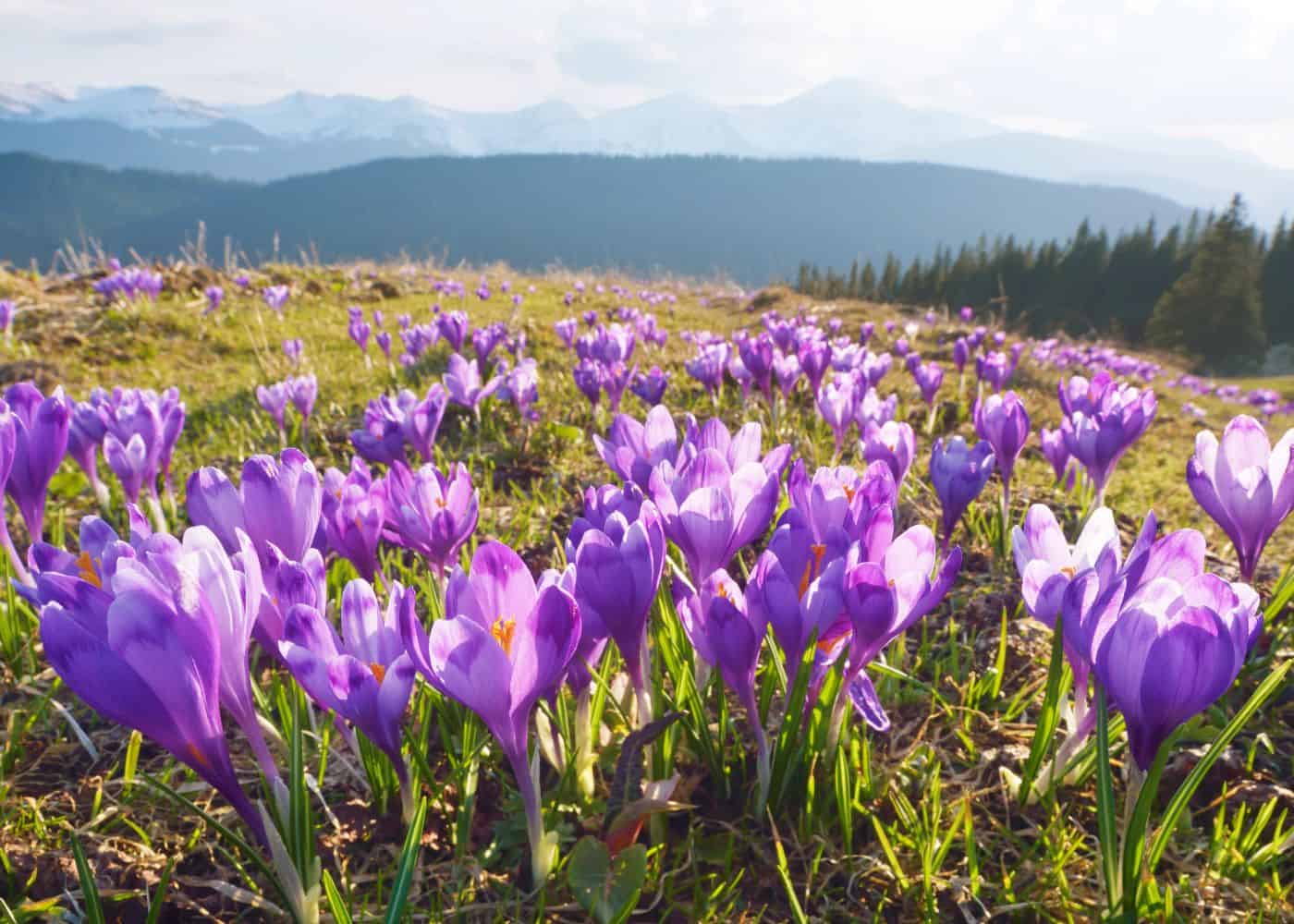
Before you go…
Naturalizing bulbs require minimal care, multiply quickly, and can be planted in large quantities for an informal meadow look. With the right design ideas and proper planting techniques, you can create a beautiful landscape with naturalizing bulbs that will last for years to come. So why not give it a try? Naturalizing bulbs are easy to plant and maintain – they just might become your favorite part of your outdoor space.
Resources
- Planting hosta bulbs (bare-root hostas)
- How to plant lily bulbs in your flower garden?
- Bulb planters: The best bulb trowels, diggers, and auger drill bits
- Bulb fertilizer: A gardener’s guide to flower bulb plant food
- How to store tulip bulbs?
- Paperwhites in water: How to sprout bulbs without soil?
References
- Wilford, R. Kew Royal Botanic Gardens. (2018). The Kew Gardener’s Guide to Growing Bulbs: The art and science to grow your own bulbs (pp. 16-19). Frances Lincoln.
- Smith, M. (2018). Home Gardener’s Perennials & Bulbs: The Complete Guide to Growing 58 Flowers in Your Backyard. Fox Chapel Publishing.
- Titchmarsh, A. (2016). Alan Titchmarsh How to Garden: Growing Bulbs (p. 23). Random House.
- Wilson, A. (2018, September 20). Gardening With Allen: A look at bulb naturalizing in our climate. The Columbian. https://www.columbian.com/news/2018/sep/20/gardening-with-allen-a-look-at-bulb-naturalizing-in-our-climate/
Need more info?
Are you interested in learning more about growing flowers? Here are our best articles about it!


